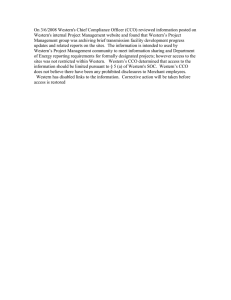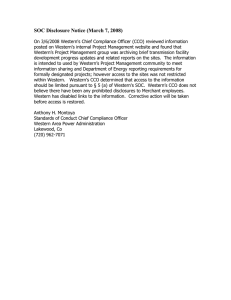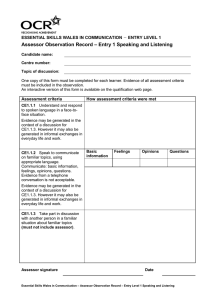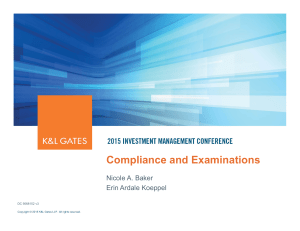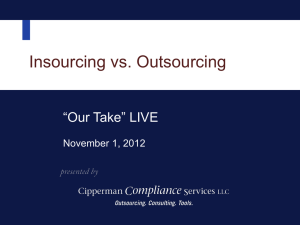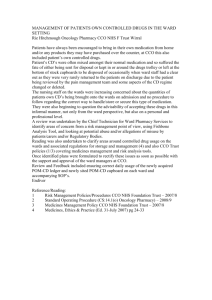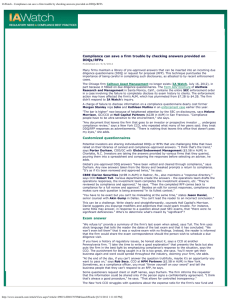Risk
advertisement
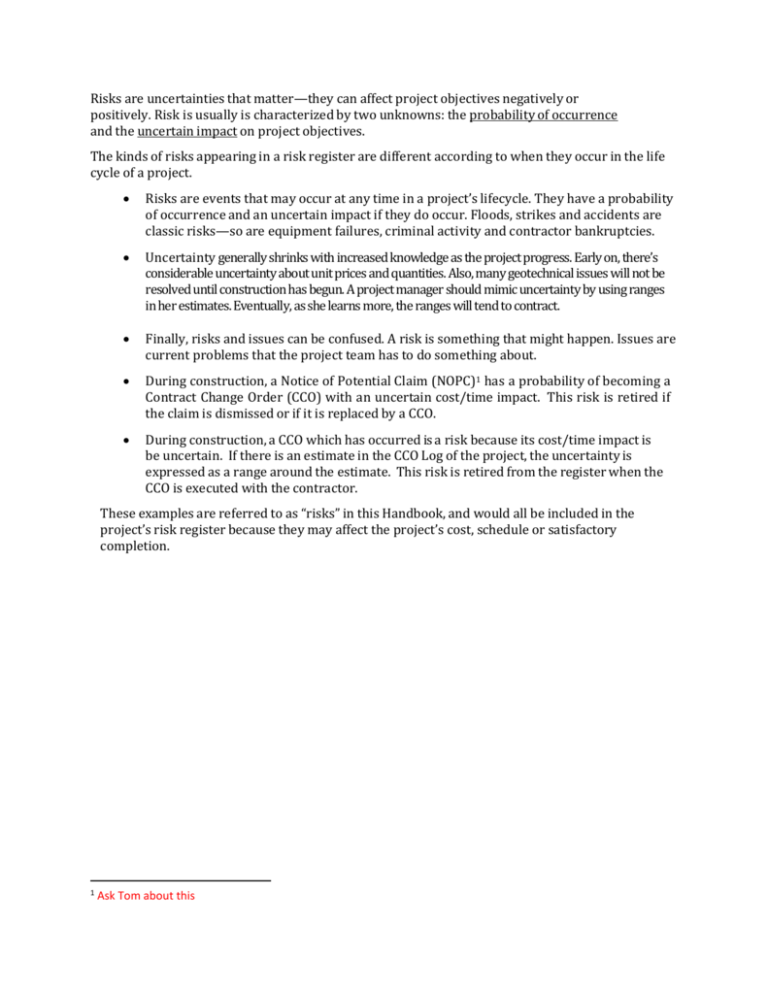
Risks are uncertainties that matter—they can affect project objectives negatively or positively. Risk is usually is characterized by two unknowns: the probability of occurrence and the uncertain impact on project objectives. The kinds of risks appearing in a risk register are different according to when they occur in the life cycle of a project. Risks are events that may occur at any time in a project’s lifecycle. They have a probability of occurrence and an uncertain impact if they do occur. Floods, strikes and accidents are classic risks—so are equipment failures, criminal activity and contractor bankruptcies. Uncertainty generally shrinks with increased knowledge as the project progress. Early on, there’s considerable uncertainty about unit prices and quantities. Also, many geotechnical issues will not be resolved until construction has begun. A project manager should mimic uncertainty by using ranges in her estimates. Eventually, as she learns more, the ranges will tend to contract. Finally, risks and issues can be confused. A risk is something that might happen. Issues are current problems that the project team has to do something about. During construction, a Notice of Potential Claim (NOPC)1 has a probability of becoming a Contract Change Order (CCO) with an uncertain cost/time impact. This risk is retired if the claim is dismissed or if it is replaced by a CCO. During construction, a CCO which has occurred is a risk because its cost/time impact is be uncertain. If there is an estimate in the CCO Log of the project, the uncertainty is expressed as a range around the estimate. This risk is retired from the register when the CCO is executed with the contractor. These examples are referred to as “risks” in this Handbook, and would all be included in the project’s risk register because they may affect the project’s cost, schedule or satisfactory completion. 1 Ask Tom about this
